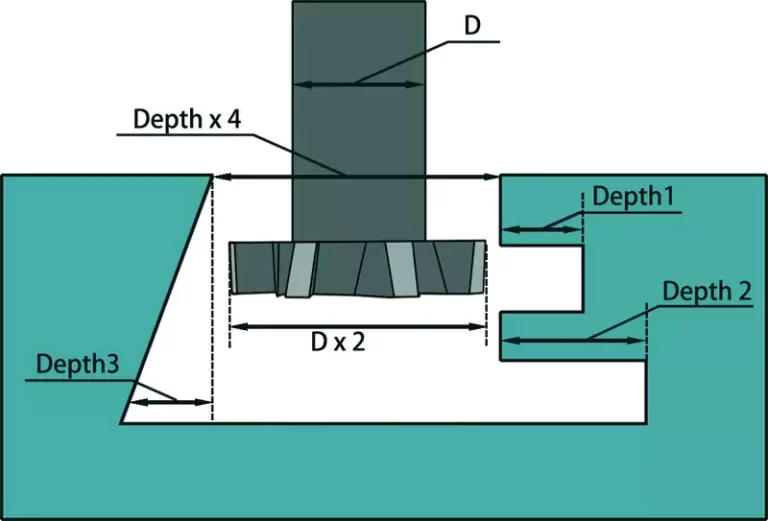12 Tips for Designing CNC Machined Parts to Optimize Performance

Avoiding Thin Wall Thickness in CNC Machined Parts When designing parts for CNC machining, it is crucial to consider the thickness of the walls. Thin walls can pose a risk of bending and breaking during the machining process. Extensive research…
